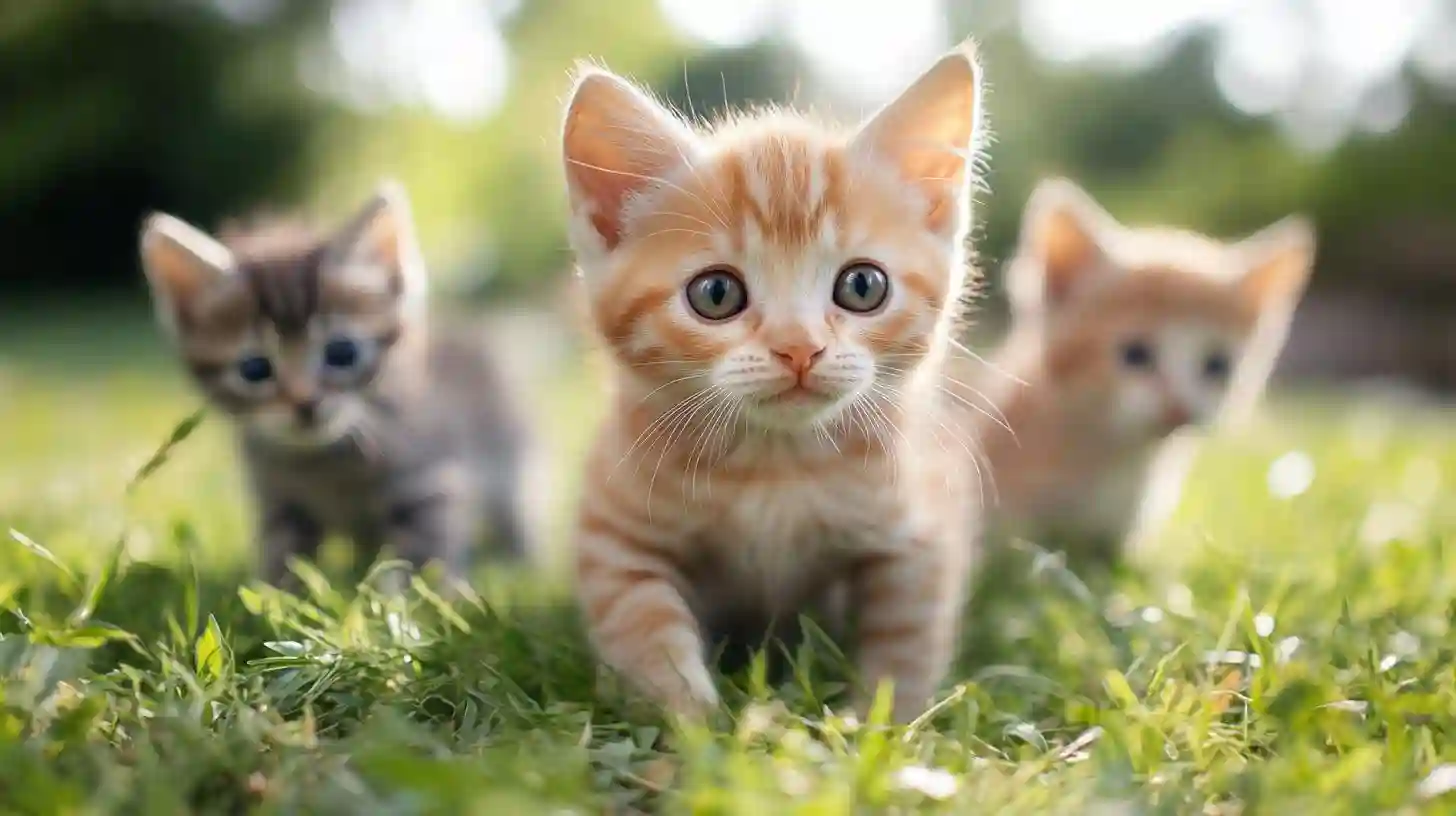
Cats, those mysterious and agile creatures, have captured the hearts of millions around the globe. Many people assume they understand their feline friends, yet there are countless surprising facts about cats that remain relatively unknown. For starters, the way cats purr is often associated with contentment, but it serves multiple purposes. Beyond expressing pleasure, purring can also be a mechanism for self-soothing when a cat is injured or stressed. This soothing sound may even promote healing in their bodies, as the vibrations created during purring have been linked to tissue regeneration.
One intriguing aspect of cat behavior is their propensity to knead. When cats knead with their paws, often described as "making biscuits," they are harking back to kittenhood. Kittens knead their mother's belly to stimulate milk flow while nursing, and this behavior can continue into adulthood as a sign of comfort and security. Kneading is often a way for a cat to mark their territory too, as they have scent glands in their paws.
When cats communicate, they rely heavily on body language rather than vocalizations. The subtle flick of their tail, the position of their ears, and even the way they hold their bodies convey essential messages. For instance, a cat with an upright tail is typically feeling confident and happy, while a cat with a low or flicking tail may be agitated or upset. Being attuned to these subtle cues can enhance the bond between a cat and its human.
Interestingly, the anatomy of a cat’s ears plays a crucial role in their communication and hunting abilities. Cats have a remarkable ability to rotate their ears up to three hundred sixty degrees, allowing them to hear sounds from various directions without moving their heads. Their hearing is finely tuned to detect high-pitched sounds, which is essential for locating the small mammals and birds they often hunt. This acute sense of hearing, combined with their excellent night vision, makes cats formidable predators.
While cats are known for their agility and grace, another fascinating aspect of their anatomy is their unique collarbone structure. Unlike humans and many other animals, cats have a free-floating collarbone that enables them to fit through incredibly tight spaces. This anatomical feature allows them to squeeze through openings that are just slightly wider than their heads, a trait inherited from their wild ancestors. This characteristic can sometimes lead to unexpected escapades as cats explore their surroundings.
The infamous catnip effect is another topic that intrigues cat owners. Not all cats react similarly to catnip, and sensitivity to this herb is hereditary. Approximately two-thirds of cats demonstrate a reaction to catnip, which may include rolling, rubbing, or purring with heightened excitement. The chemical compound in catnip that causes this ecstatic response is called nepetalactone, which affects the pheromone receptors in the cat's brain. For a cat that does respond, the effects usually last for a short time, with some hours needed before they can enjoy another round of catnip.
Felines have a fascinating thing called a "third eyelid" known as the nictitating membrane. This membrane is not visible during regular circumstances but can be spotted when a cat is relaxed or unwell. It serves as a protective layer that helps keep their eyes moist and shields them from debris or injury. An observable change in this membrane can signal that a cat is stressed or experiencing an underlying health issue, making it essential for owners to monitor their pet's eye health closely.
When it comes to grooming, cats are meticulous creatures. They spend a significant portion of their waking hours grooming themselves, and this behavior is not merely for cleanliness. Grooming serves as a way for cats to regulate their body temperature, as the saliva evaporating from their fur cools them down. Additionally, the act of grooming can be therapeutic, reducing stress and anxiety. Interestingly, when a cat licks its fur, it may also spread natural oils that keep their coat shiny and waterproof.
Lastly, the phenomenon of "cat staring" goes beyond mere fixation. When a cat locks eyes with a human and holds their gaze, it can be interpreted as a sign of affection and trust. Unlike dogs, who may look to their owners for cues, cats are more independent and may tolerate eye contact as a sign of comfort and relaxation. If a cat slowly blinks at you, it's often considered a “cat kiss,” expressing their love and trust in a subtle yet profound manner.
The intricate world of cats is filled with surprises. From their unique behaviors to their fascinating anatomy, there is much to learn about these enigmatic companions. Understanding these aspects can deepen the bond between cats and their humans, allowing for a richer, more rewarding relationship.